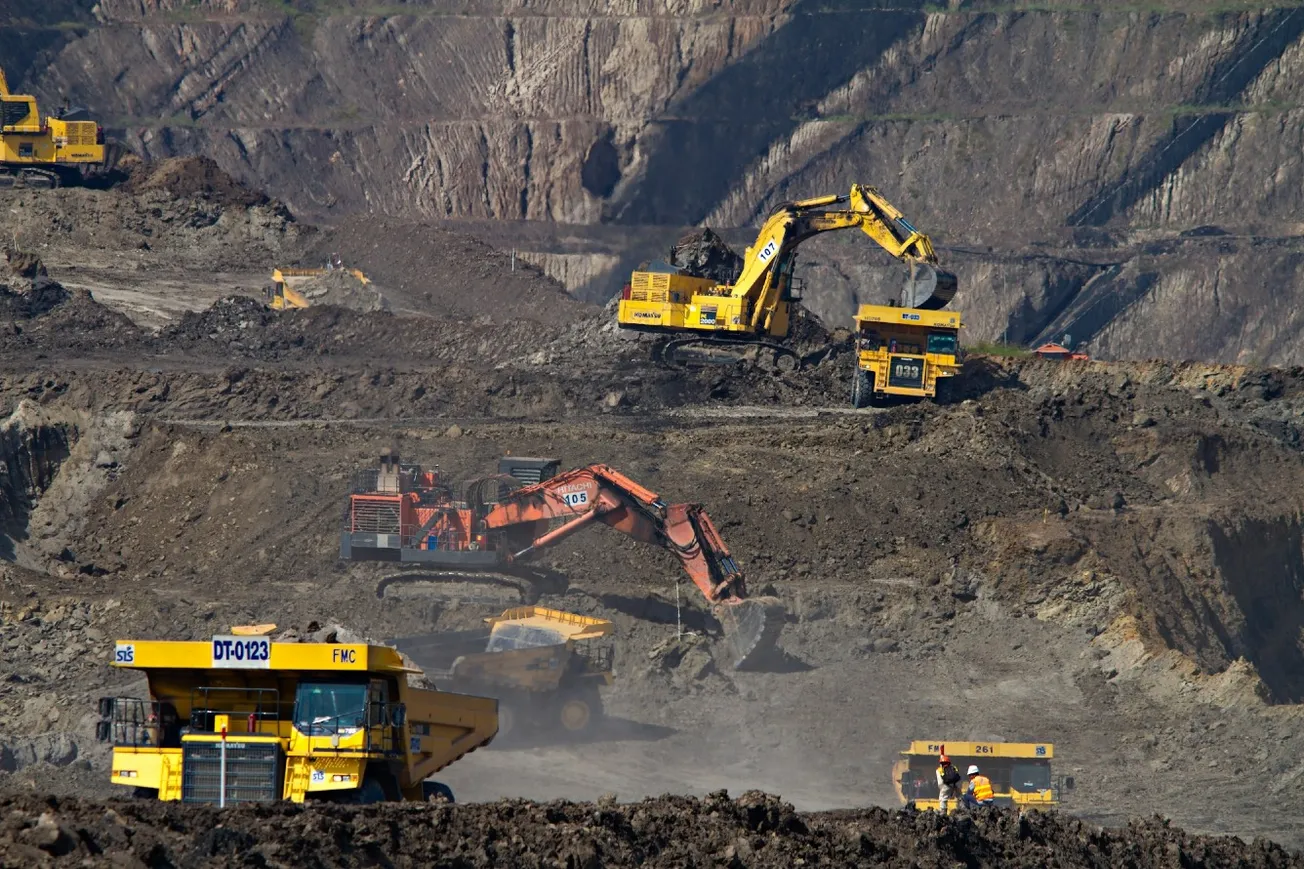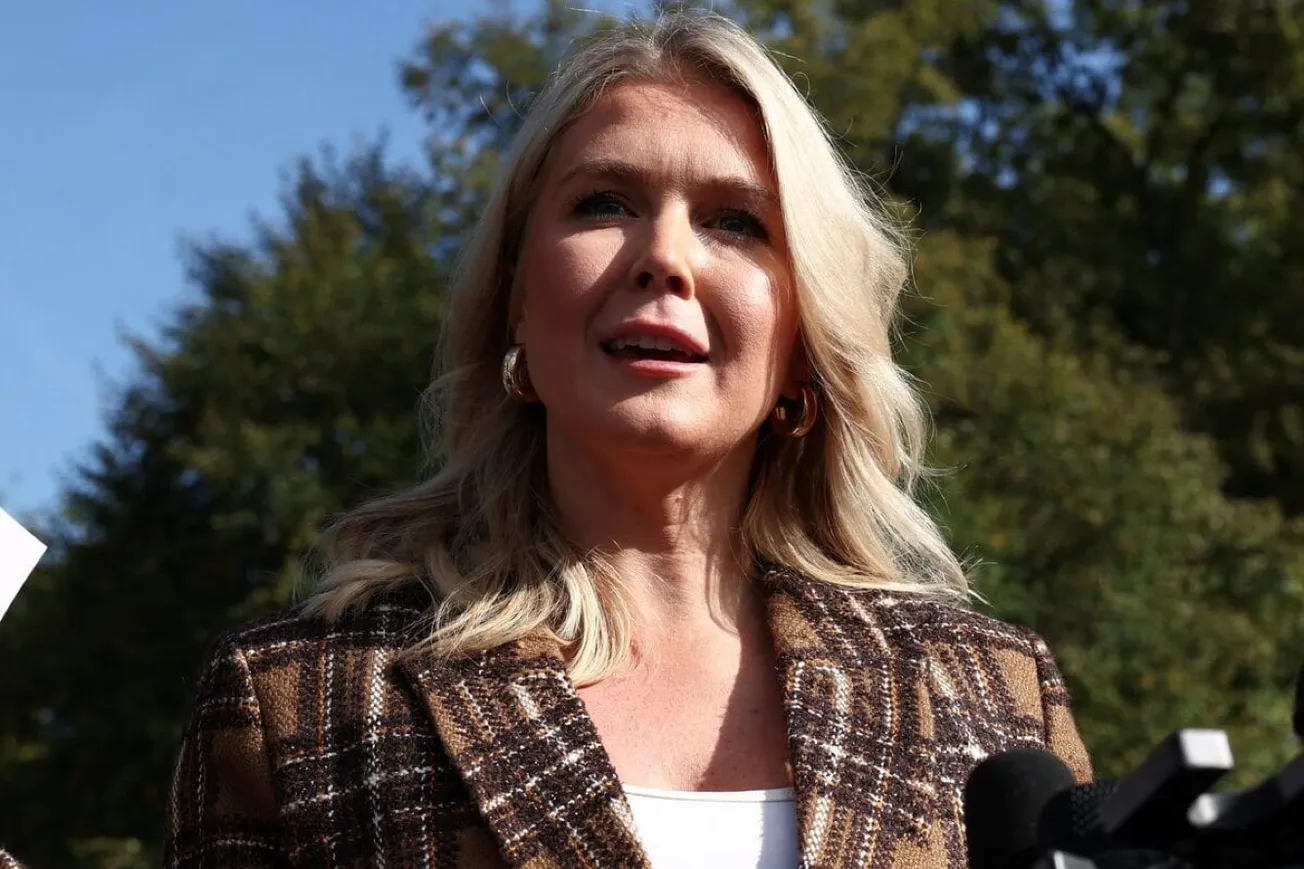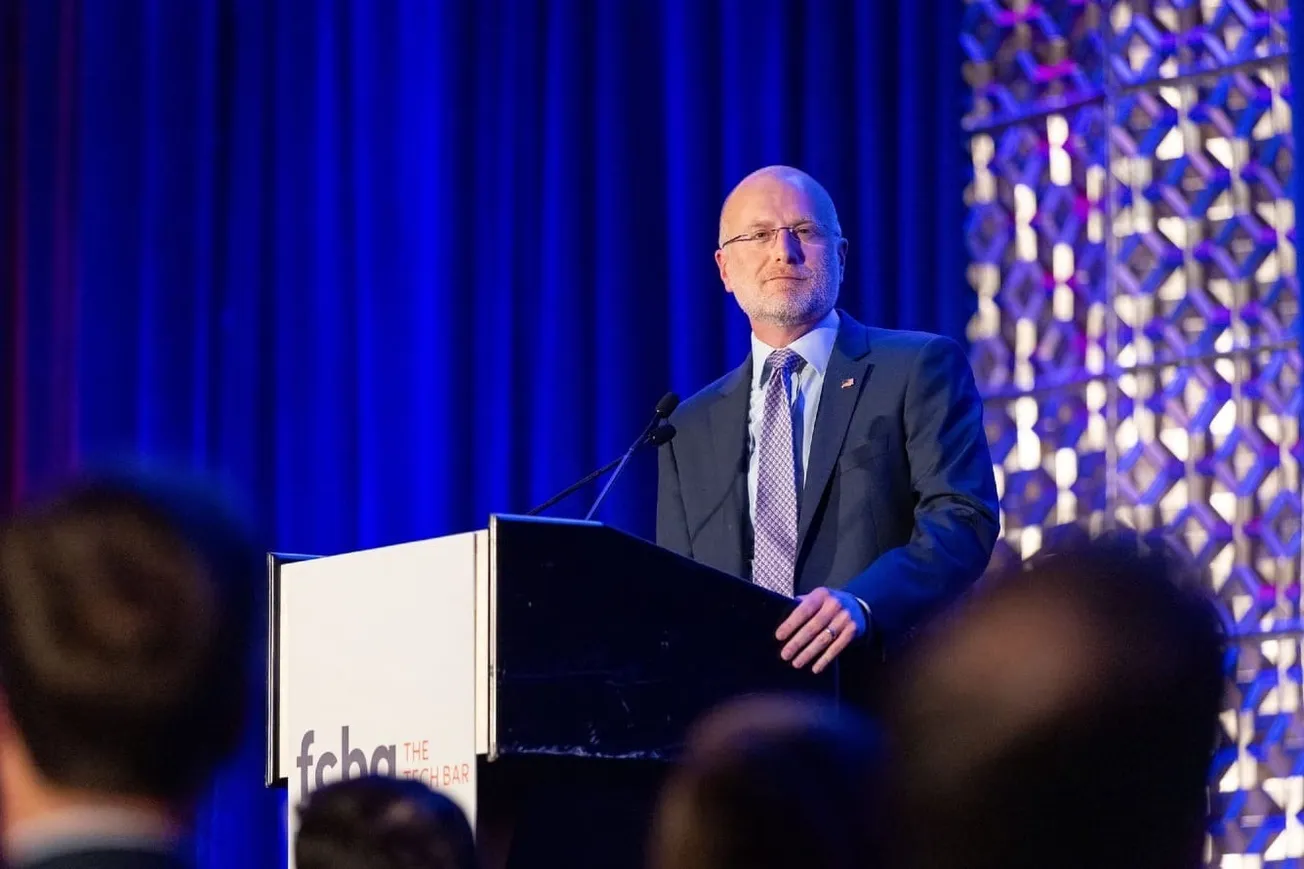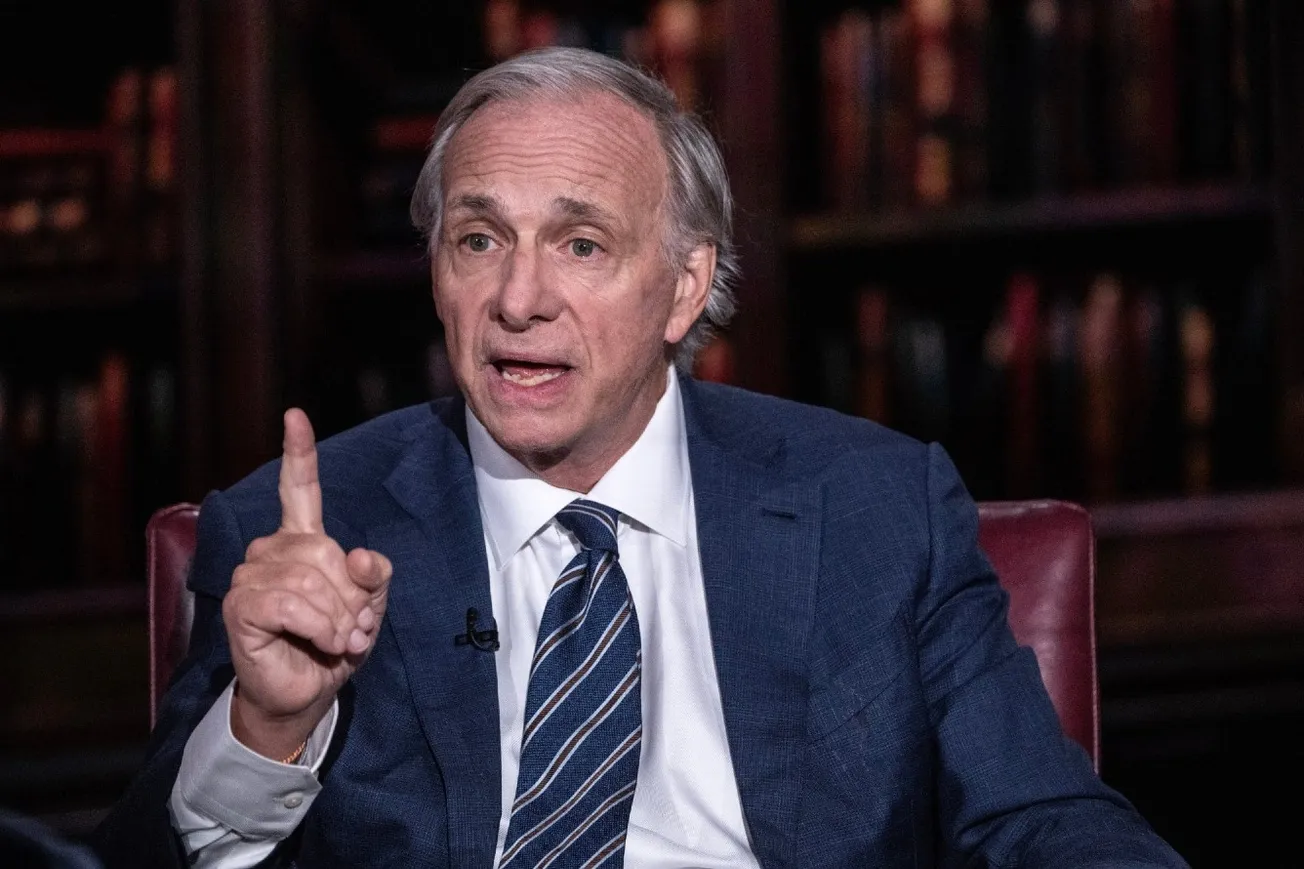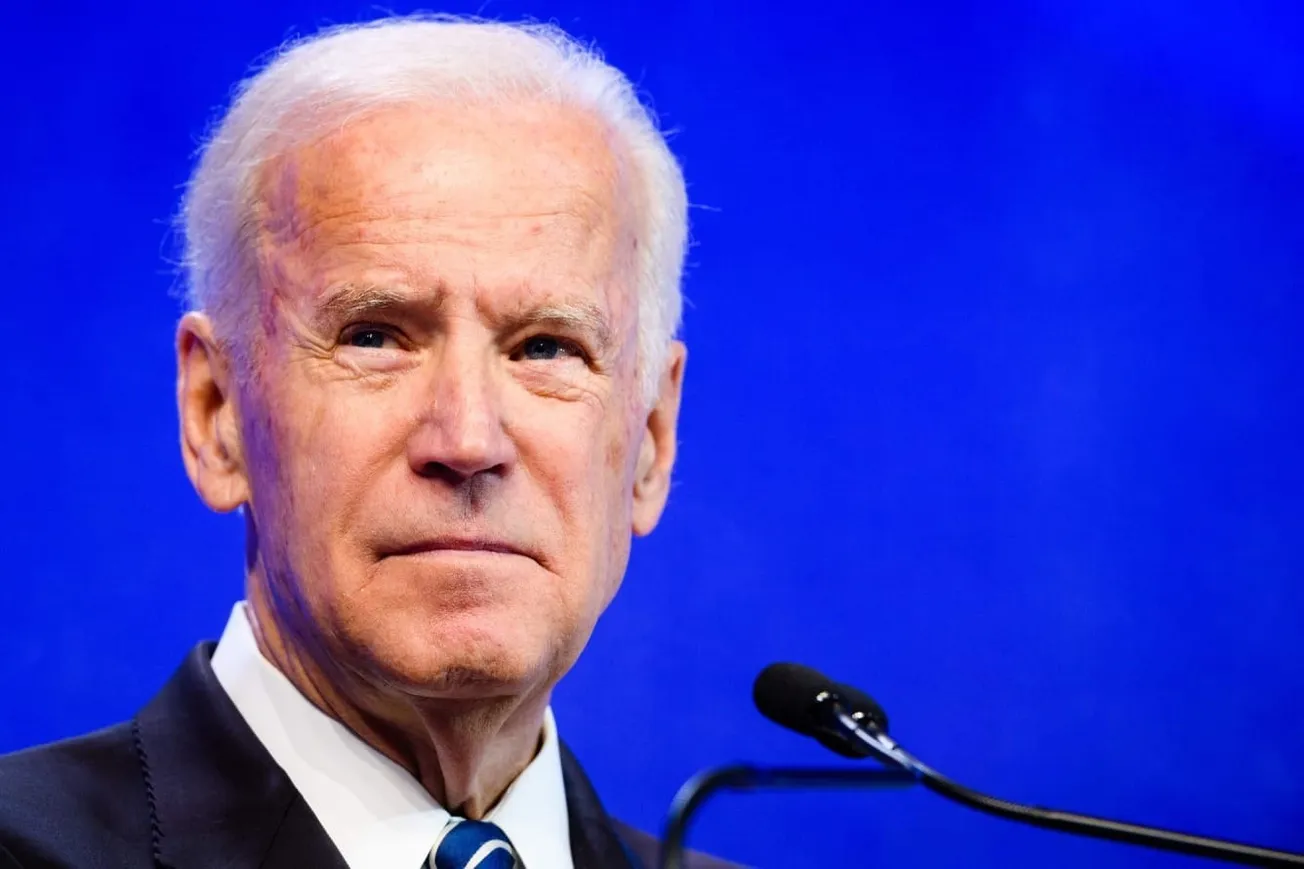By Duggan Flanakin, CFACT | January 19, 2025
Back in February 2022, the Biden-Harris Administration announced its critical minerals strategy, which promised “expanding domestic production” (in a timely manner!), but only after “ensuring that “our actions are community engagement standards,” which include “responsible social, environmental, and labor standards.”
This purportedly pro-mining stance was the Democratic response to a report from the Commerce Department, prepared in response to President Trump’s 2017 executive order 13817. “A Federal Strategy to Ensure Secure and Reliable Supplies of Critical Minerals.”
The report revealed just how dependent the U.S. was on hostile foreign governments for minerals designated as “critical” by the U.S. Department of the Interior. The U.S. was at least 50% import-reliant for 31 of the 35 critical minerals and 100% import-reliant for 14 of them, including minerals found in abundance in U.S. soil.
Commerce called for advancing transformational R&D and deployment across critical mineral supply chains, strengthening those supply chains, and enhancing international trade and cooperation regarding critical minerals.
The U.S., it said, should conduct critical mineral resource assessments to support exploration and development of conventional, secondary, and unconventional sources for critical minerals; improve access to mineral resources on federal lands; reduce federal permitting timeframes; and grow the U.S. critical minerals workforce.
In short – this was a proactive plan to expedite and expand domestic production of critical minerals. By contrast, the 2022 Biden-Harris plan focused on beefing up the mining regulatory structure by establishing strong, responsible mining standards, conducting comprehensive planning, and replacing the Mining Law of 1872 — supposedly to “provide permitting certainty.”
To Biden-Harris, “securing a sustainable domestic supply of critical minerals” meant “environmentally and socially responsible mining and processing projects and other sustainable sources recycling and recovery from unconventional sources,” with the highest priority (after special interest objections) being recycling and reuse – not actual mining.
Another goal was a royalties program to enrich the federal treasury, while yet another was to “establish a hardrock mine reclamation program that might allow for “responsibly” extracting minerals from legacy wastes to avoid “the need for additional greenfield mine development.”
But the kicker was the final recommendation.
Biden-Harris focused not on aiding miners, but rather on “building civil service expertise” to increase bureaucratic control over the industry.
What did Biden-Harris do next to “expand domestic production” of critical minerals? Here’s a small sample.
Almost immediately, Interior canceled two mineral leases held by Twin Metals Minnesota that contained about 88% of the nation’s cobalt reserves in addition to copper, nickel, and platinum-group elements – all vital for favored green energy technologies. Months later, Biden announced a 20-year withdrawal of 225,504 acres in northern Minnesota, the site of the Twin Metals project.
Four months later the Bureau of Land Management and the U.S. Forest Service announced a plan to prohibit new mining claims in 20,574 acres in the Black Hills Forest in South Dakota. In response, Rep. Pete Stauber (R, MN) said that “these sorts of land restrictions from the anti-mining Biden Administration hamstring domestic development of minerals we need for national defense, energy technology, and everyday life.”
Biden, like his Democratic forebears, used the Antiquities Act and other federal laws to create new national parks and monuments, notably one that bars uranium mining in Arizona and another intended to destroy Wyoming’s coal mining industry. Biden’s crippling of Alaska included shutting down oil drilling in ANWR and blocking oil, gas, and mining operations, including a copper mine others have deemed in the national interest.
And, as David Blackmon reported in Forbes in July 2023, Biden balked on helping to jumpstart a project to develop the world’s largest known rare-earth resource – the Tanbreez project on the coast of Greenland that Tanbreez Mining wanted to develop, possibly in cooperation with Chinese participation, rather than just let sit idle.
Just this week, Tanbreez CEO Greg Barnes related that the Biden State Department, while not offering any assistance, did lobby against any deal with the Chinese. New York-based Critical Metals, the new owner, hopes to mine a million metric tons per year of (rare-earths-containing) eudialyte beginning as early as 2026. No wonder President Trump is focused on Greenland.
The return of Donald Trump to the Resolute Chair will mark a 180-degree turn in U.S. mining policy, many believe. One of the first items for business is final consideration of the bipartisan Energy Permitting Reform Act (EPRA) that the Senate Natural Resources Committee approved last July.
The legislation, which streamlines permitting and restricts litigation timelines, would revamp the National Environmental Policy Act, a major impediment to “timely” permitting. Under the 1970 law, securing final NEPA permits takes an average of 4.5 years, but 6.5 years for electrical transmission projects. But for mining projects, those timelines are much longer.
“Right now, it takes anywhere from 10 to 30 years to build a mine, which is why we don’t have a mining industry in America,” Critical Minerals Institute director Melissa Sanderson told the Epoch Times. Lawmakers hope for a final bill under which all agencies with a dog in the hunt have 90 days to raise issues and the applicant another 90 days to respond.
Afterward, all parties would have two years to resolve all issues. The permit would be deemed approved unless it was denied within that time frame. The fast-permit process has the potential to jumpstart domestic mining and bring new revenues, jobs, and minerals availability to the United States.
Trump is also expected to fulfill his campaign pledge to quickly reanimate the Twin Metals mine permits for a $1.7 billion project to extract copper, nickel, cobalt, and other minerals from its open pit mine in Minnesota and bring 850 jobs to an economically depressed community.
Minerals consultant Gregory Wischer predicts that the Trump Administration will focus heavily on domestic onshoring of all parts of the mineral supply chain, especially mineral extraction.
“While the Biden Administration’s mineral policy ‘heavily features international cooperation’,” Wischer says Trump will likely “significantly prioritize” building more mines, processing facilities, and refineries in the U.S.
And that, we believe, is just what the doctor ordered.
This article originally appeared at Town Hall
Duggan Flanakin is a Senior Policy Analyst with the Committee For A Constructive Tomorrow. A former Senior Fellow with the Texas Public Policy Foundation.
Original article link

